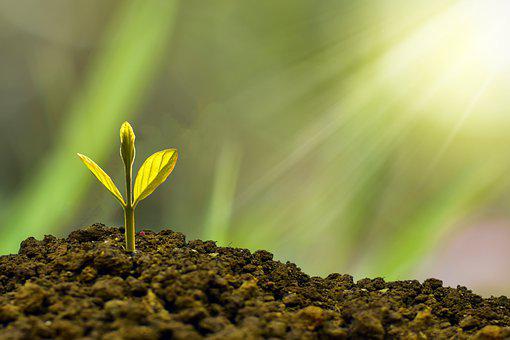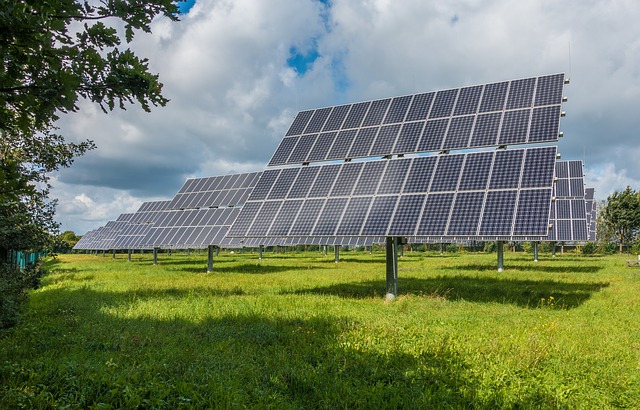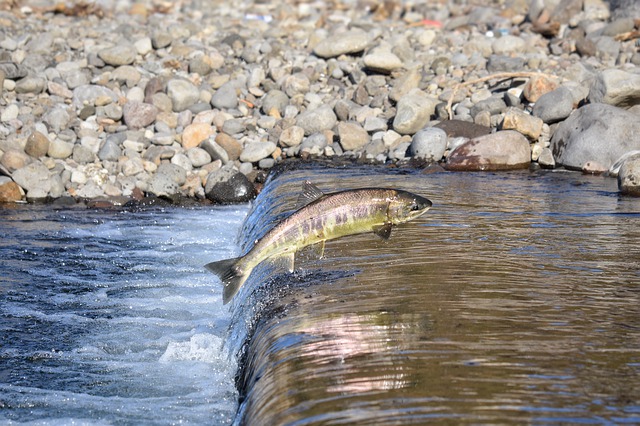Why Does Karachi Need Trees?
Trees are an essential aspect of the ecology, which is badly lacking in mega-cities like Karachi. Trees provide cooling by transpiring water from the earth, via the roots, and out of their leaves. Furthermore, trees give shade. Those who have experienced Karachi heat on the streets and compared the temperature in shade and open-air understand the difference. Karachi’s temperature rises by one degree every year. Climate change is widely acknowledged to be humanity’s biggest challenge in modern times, with far-reaching implications for socioeconomic sectors such as health, food production, energy consumption, security, and natural resource management. The detrimental effects of global warming are already being felt throughout the world in the form of extreme weather events such as storms, tornadoes, floods, and droughts.
Also check out: Ways To Reduce Global Warming and Stop Earth from Heating Up
Extreme heat frequently lingers over Karachi, Pakistan’s largest metropolis, making living conditions unbearable for its 16 million residents. Hundreds of old trees are reportedly being cut down in the jurisdiction of Cantonment Board Malir (CBM) to make way for the Red Line Bus Rapid Transit (BRT) project, at a time when the entire country, including Karachi, has been experiencing frequent and more intense heatwaves, raising calls for conservation of green spaces to cool off the environment.
You may also like: Heatwaves in Pakistan And India – Causes, Effects, Solutions
What Types Of Trees Should Be Planted In Karachi?
In Karachi, Lignum has been shown to be the greatest tree varieties for landscaping. Siris, neem, alstonia, kachnar, amaltas, gul Mohar, jungli badam, imli, gul-i-nishtar, and rain tree are among the trees advised to combat rising heat. Trees that combat declining water tables, on the other hand, include lasura, railway creeper, aralia, nerium, dum dum, mehndi, aqeeq, fan palm, and williatic kikar.
Also Check Out: Is Planting Conocarpus Tree in Karachi Pakistan Harmful?
Karachi’s green spaces are disappearing as a result of the city’s rapid expansion and deforestation. Karachi is not only affected by global warming, but also by heat-trapping induced by over-development. The ideal trees for public places are those that require little water, offer shade, and reduce temperature through evaporative cooling. A tree planted near a building can cut air conditioning costs by up to 30% while also absorbing toxins from the air and giving oxygen. A network of parks and woods may channel air movement across the city, exchanging clean air for polluting air. The Indian Neem Tree is regarded as one of the best plants to plant. Jambolam, Flame of the Forest, Indian Laburnum, Indian Almond, Lignum, Moringa, Peepal, and Indian Tulip Tree are also part of the Karachi Urban Forest.
Where We Can Plant Trees?
Planting trees is a simple act that anybody can do to help reduce CO2, a major greenhouse gas that contributes to climate change. You can plant trees no matter where you live…and take a proactive, constructive step toward keeping our world healthy.
Also check out: Effects of Climate Change on Sindh Province of Pakistan
How To Plant A Tree?
- Soak the tree while working to ensure that the root ball is completely saturated, since a dry root ball may reject water from the surrounding soil.
- It is critical to dig a hole that is at least twice the size of the tree’s present root ball.
- Improve your soil to ensure the plant’s long-term survival.
- Remove the plant from its container while keeping the roots as undamaged as possible. In healthy stock, root disruption will shock the plant.
- Backfill the hole with soil to cover the roots after inserting the plant.
- Water the plant well. This makes sure that the soil steadies properly around the plant and roots.
Benefits Of Planting Trees:
- Trees provide habitat for many animal species. Trees provide food, refuge, and shelter to many birds and animals.
- By taking in pollutants from their surroundings, trees absorb odors and pollutant gases and filter particulates out of the air. Learn more: Air Pollution– Sources, Effects, and Control
- Trees are low-cost solutions for mitigating the negative effects of climate change, such as extreme heat, droughts, and flooding. Trees are the only kind of infrastructure whose worth increases over time. Floods have been having a devastating impact on Karachi. For more information read: Karachi Monsoon Urban Flash Flooding – Causes and Impacts and Devastating Impacts Of Monsoon Season 2022 In Karachi
- Keep the Ozone Layer Safe
Every year, we hear about global warming as temperatures climb. This occurs as humans replace trees with heat-absorbing structures and highways, making cities warmer. Because carbon dioxide is the most prevalent greenhouse gas, planting trees significantly reduces ozone layer pollution. It should be emphasized that ground-level ozone pollution differs from the ozone layer that exists in the atmosphere.
- Energy Conservation
Trees assist to keep a location cool by reducing the temperature. Planting trees strategically around buildings and residences cuts heating and cooling energy usage by 30%. Also check out: Renewable Alternative Energy Resources – Advantages and Disadvantages
Conclusion:
As we have seen that plants are most beneficial to our environment by providing different benefits such as trapping gases, cleaning the air, etc.
You May Also Like: What is Climate Change Adaptation? – Importance and Methods
We hope you all liked this post! Please comment below if you have any suggestions, comments, or feedback! We at #envpk love hearing from our readers! Thanks!





2 Comments
Great work
Thank you!